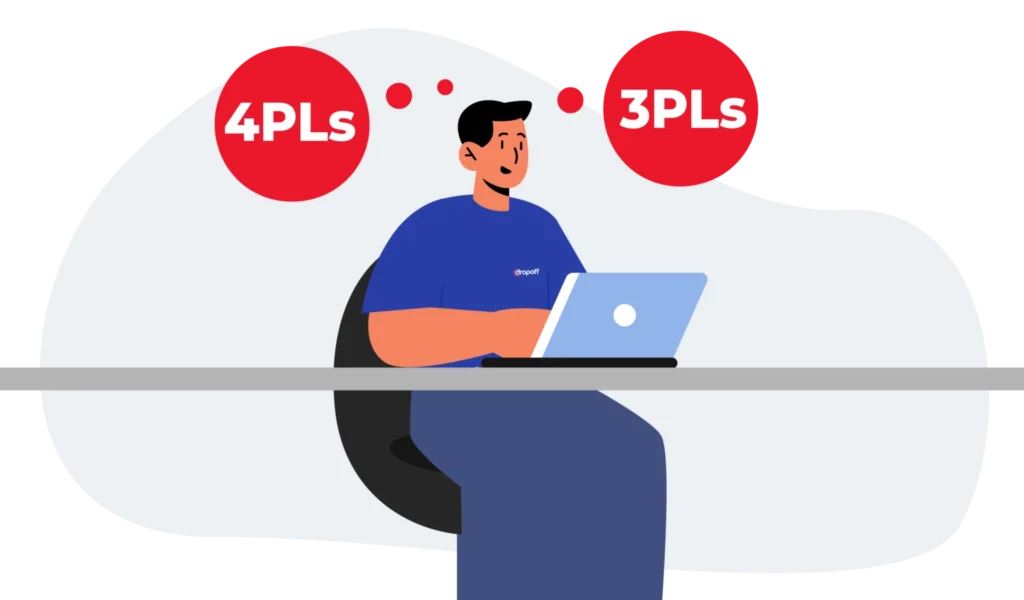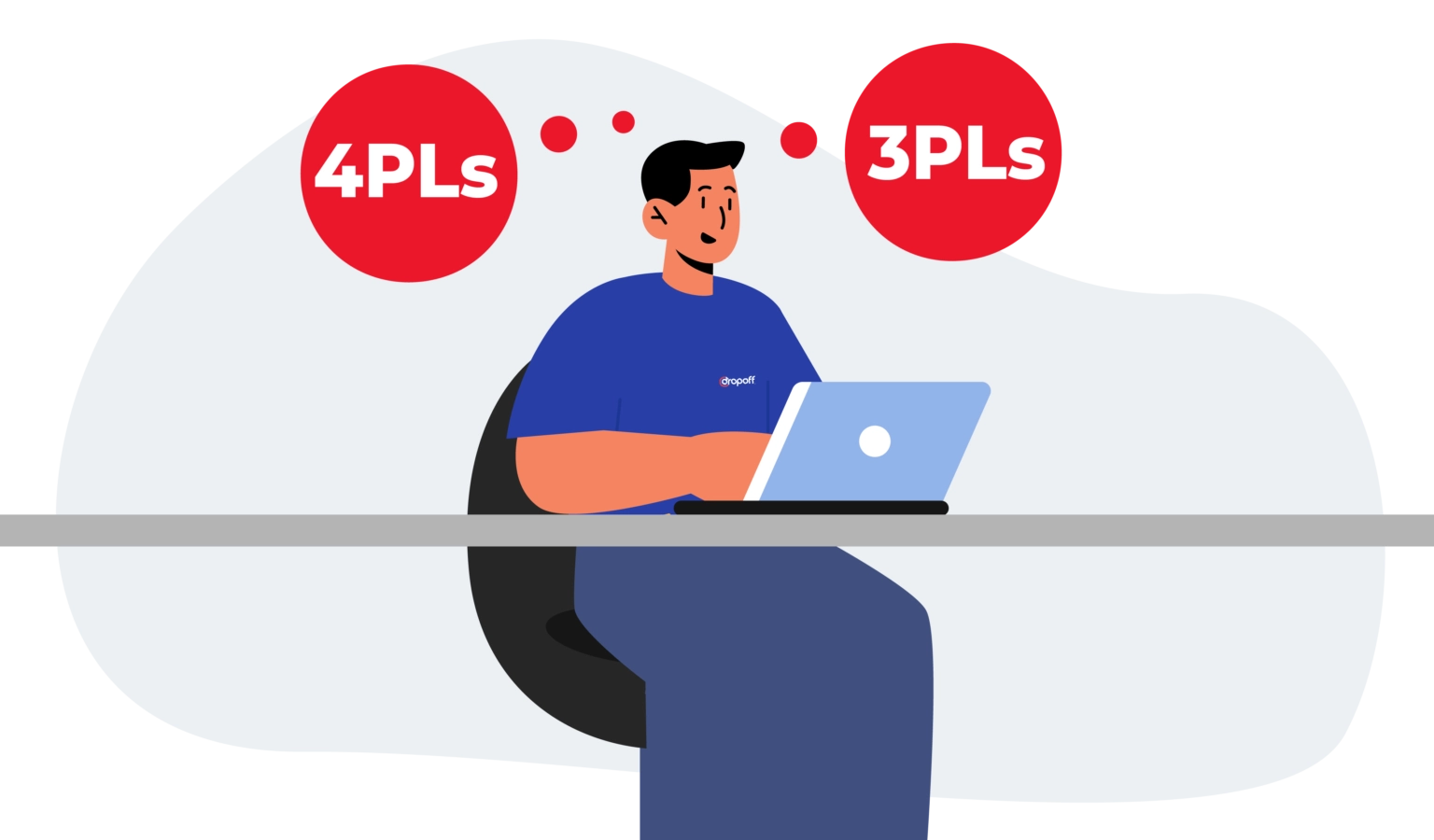
In today’s highly competitive and globalized marketplace, efficient logistics and supply chain management have become critical for businesses seeking to maintain a competitive edge. The evolution of logistics services has led to the development of Third-Party Logistics (3PL) and Fourth-Party Logistics (4PL) models, each offering distinct advantages and capabilities. This blog aims to provide a comprehensive comparison of 3PL and 4PL logistics, highlighting their differences, benefits, and potential drawbacks.
What is 3PL?
Third-Party Logistics (3PL) refers to the outsourcing of logistics operations and supply chain management to external service providers. These providers handle various aspects of logistics, including transportation, warehousing, distribution, and sometimes even customs clearance. 3PL providers are essential intermediaries between manufacturers and their customers, ensuring that goods are efficiently transported and stored.
Key Features of 3PL:
- Transportation Services: 3PL companies often manage the transportation of goods, offering services such as freight forwarding, shipping, and delivery.
- Warehousing and Distribution: They provide storage solutions, inventory management, and distribution services, ensuring that products are available when and where they are needed.
- Flexibility: 3PL providers offer scalable solutions, allowing businesses to adjust their logistics operations based on demand fluctuations.
- Cost Efficiency: By outsourcing logistics functions, companies can reduce overhead costs related to maintaining their own transportation fleets or warehouse facilities.
Benefits of 3PL:
- Expertise and Experience: 3PL providers possess specialized knowledge and experience in logistics, enabling them to optimize supply chain operations.
- Cost Savings: Outsourcing logistics can lead to significant cost savings through economies of scale and reduced capital expenditure.
- Focus on Core Competencies: Companies can focus on their core business activities, such as product development and marketing, while the 3PL provider manages logistics.
- Scalability: 3PL services are highly scalable, accommodating business growth and seasonal demand variations.
Drawbacks of 3PL:
- Loss of Control: Outsourcing logistics can result in a loss of direct control over supply chain operations.
- Dependency: Companies may become dependent on their 3PL providers, making it challenging to switch providers if necessary.
- Integration Challenges: Integrating 3PL services with existing systems and processes can be complex and time-consuming.
What is 4PL?
Fourth-Party Logistics (4PL) represents a higher level of logistics outsourcing, where the 4PL provider acts as a single interface between the client and multiple logistics service providers. A 4PL provider takes on a more strategic role, managing the entire supply chain and coordinating various 3PL services to deliver a seamless and integrated solution.
Key Features of 4PL:
- Supply Chain Coordination: 4PL providers oversee the entire supply chain, coordinating activities among different 3PL providers and ensuring smooth operations.
- Strategic Management: They focus on strategic planning, process improvement, and supply chain optimization to enhance overall efficiency.
- Technology Integration: 4PL providers often implement advanced technology solutions, such as supply chain management software and real-time tracking systems, to improve visibility and control.
- Single Point of Contact: Clients benefit from having a single point of contact for all logistics operations, simplifying communication and management.
Benefits of 4PL:
- Comprehensive Supply Chain Management: 4PL providers offer end-to-end supply chain solutions, reducing complexity and enhancing efficiency.
- Enhanced Visibility: Advanced technology and integrated systems provide greater visibility into supply chain operations, enabling better decision-making.
- Strategic Focus: By handling both operational and strategic aspects of logistics, 4PL providers help businesses achieve long-term supply chain goals.
- Innovation and Improvement: 4PL providers continuously seek ways to innovate and improve supply chain processes, driving ongoing efficiency gains.
Drawbacks of 4PL:
- Higher Costs: The comprehensive services offered by 4PL providers often come at a higher cost compared to 3PL services.
- Complex Implementation: Transitioning to a 4PL model can be complex and may require significant changes to existing systems and processes.
- Risk of Over-Reliance: Companies may become overly reliant on their 4PL provider, potentially losing internal supply chain capabilities.
Key Differences Between 3PL and 4PL
- Scope of Services: 3PL providers focus on specific logistics functions, such as transportation and warehousing, while 4PL providers manage the entire supply chain, coordinating multiple 3PL services.
- Role and Responsibility: 3PL providers handle operational tasks, whereas 4PL providers take on a strategic role, overseeing and optimizing the entire supply chain.
- Technology and Integration: 4PL providers typically offer more advanced technology solutions and greater integration capabilities compared to 3PL providers.
- Cost Structure: 4PL services generally involve higher costs due to their comprehensive and strategic nature, while 3PL services are more focused and cost-effective.
Conclusion
Choosing between 3PL and 4PL logistics depends on the specific needs and goals of a business. For companies seeking to outsource specific logistics functions and achieve cost savings, 3PL may be the ideal solution. On the other hand, businesses looking for comprehensive supply chain management and strategic oversight may benefit from partnering with a 4PL provider. Understanding the differences and evaluating the benefits and drawbacks of each model will help businesses make informed decisions and optimize their supply chain operations.
By leveraging the expertise of 3PL or 4PL providers, companies can enhance their logistics capabilities, improve efficiency, and ultimately gain a competitive advantage in the marketplace.

